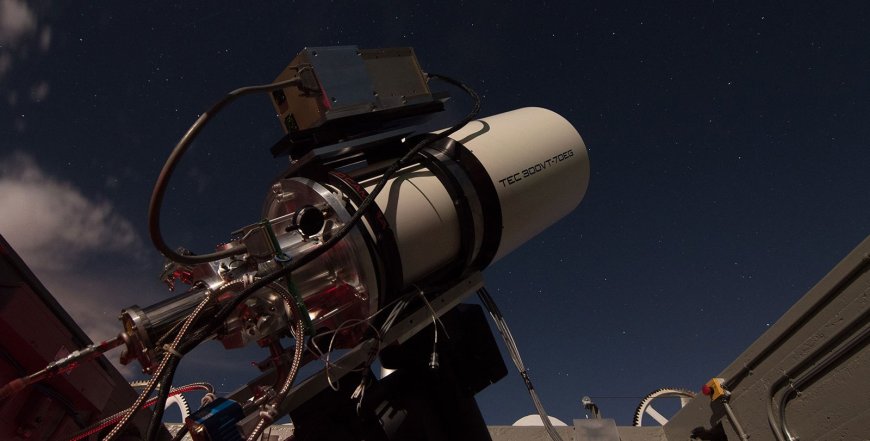Astronomers Turn Telescope Noise into a New Tool to Track Climate Change
Researchers from the University of Warwick and Spain have discovered that ‘noise’ data from telescopes can track atmospheric and climate changes, offering a new tool for climate science.

In an innovative leap for both astronomy and environmental science, researchers from the University of Warwick and partner institutions in Spain have discovered that the subtle background “noise” captured by astronomical telescopes can serve as a novel indicator of climate change. This unexpected use of telescope data provides a faint but meaningful method to monitor shifts in the Earth’s climate, adding a new dimension to climate science.
Background: What Is Telescope Noise?
Telescope noise refers to the faint, constant signals detected by sensitive astronomical instruments—traditionally viewed as unwanted interference. This noise results from various environmental factors, including atmospheric turbulence, temperature fluctuations, and electromagnetic activity. For years, astronomers have worked to filter out this noise to capture clearer images of distant celestial objects.
Turning Noise into Climate Signals
A collaborative research team led by Dr. Helena García of the University of Warwick and Professor Luis Martínez from the Instituto de Astrofísica de Canarias found that this background noise contains embedded signatures related to Earth’s atmospheric conditions. By analyzing decades of noise data collected by telescopes, the team identified patterns that correlate closely with temperature changes, humidity levels, and broader climatic trends.
Dr. García explains, “What was once considered a hindrance in astronomical observations can now be reinterpreted as a subtle but valuable signal, revealing real-time changes in our atmosphere.”
Methodology and Findings
The team utilized archival data from several large observatories located in Europe and North America. They applied advanced statistical models and machine learning algorithms to isolate noise components associated with atmospheric variables. The results demonstrated a consistent alignment between telescope noise fluctuations and recorded climate data, validating the approach.
One key insight is that telescope noise responds sensitively to changes in air temperature and particulate matter, which are critical indicators of climate dynamics. This method provides continuous, passive monitoring without the need for dedicated environmental sensors.
Implications for Climate Science
This breakthrough offers several important benefits:
-
Cost-Effective Monitoring: Using existing telescope data means climate monitoring can leverage existing infrastructure, reducing the need for expensive new equipment.
-
Global Coverage: Telescopes located worldwide provide geographically diverse data points, enhancing the resolution of climate monitoring networks.
-
Long-Term Data: Historical telescope archives can extend climate records back several decades, improving understanding of climate trends.
Expert Reactions and Future Directions
Climate scientists have welcomed this novel approach. Dr. Michael Carter, an atmospheric physicist not involved in the study, commented, “This research opens exciting possibilities for multi-disciplinary collaboration and more comprehensive climate monitoring.”
The research team plans to expand their study by incorporating data from additional observatories and refining models to improve accuracy. There is also interest in developing real-time monitoring tools that integrate telescope noise analysis into broader climate observation platforms.
Context: Bridging Astronomy and Earth Science
This initiative highlights the increasingly interdisciplinary nature of scientific inquiry. As telescope technology advances and data volumes grow, creative reuse of astronomical data is helping solve urgent Earth science problems.











